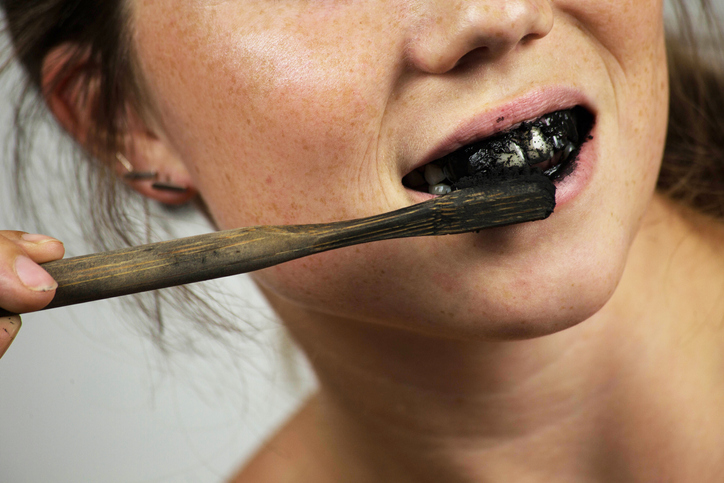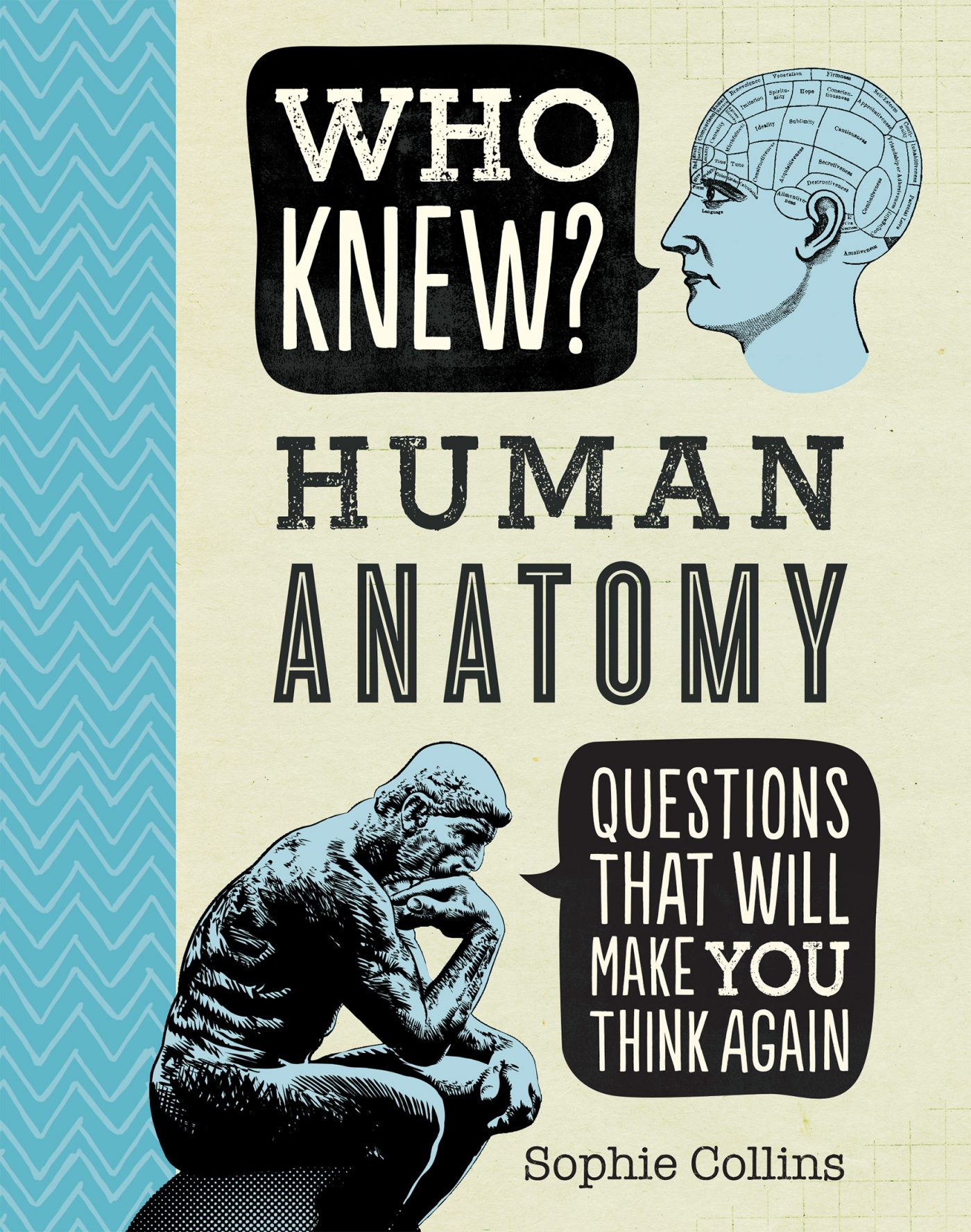Here’s a brief history of how people sought to change the shade of their chompers — and “white” wasn’t always the desired effect.

GOAT MILK, SAGE, AND SUNFLOWERS
Because the general wear-and-tear on teeth for the common man before the age of modern dentistry (or even toothbrushes and toothpaste), white teeth in Ancient Rome were a sign of wealth and prominence. What worked for Caesar and them? A paste made out of goats’ milk…and urine. By the 12th century in Europe, white teeth remained desirable but the method to get them changed: physicians told patients to use a rub made from sage and salt, or one made out of sunflowers. Did these work? Yes, but they also broke down the teeth’s protective enamel.
Can people spontaneously combust? How many organs could you live without? In Who Knew? Human Anatomy, you’ll learn gobs of fascinating facts about the most sophisticated machine in the world—the human body.
NOW THE STORY GETS DARK
Ohaguro, or the ingestion of natural ingredients to turn the teeth as black as possible, was practiced in Japan for about 1,000 years. Contrasted with stark white face makeup, black teeth, came into fashion during the Heian period and hung around until the end of the Edo period in the 1870s. First the teeth were rubbed with pomegranate rinds, which made it easier for the black color to stick. Then, the fashionable individual drank a mixture of spices, tea, and kanemizu, a liquid made up primarily of iron fillings. As soon as the mixture turned black, it was down the hatch, and the color would adhere to the teeth along the way.
A SWEET CODA
In the 16th century, black teeth were concurrently popular in England. That’s when sugar became available, although it was so expensive that only the super-rich could afford it. As sugar rots teeth and turns them black, “naturally” blackened teeth became a status symbol.
THE HEAT OF THE MOMENT
A lot of modern teeth whiteners use hydrogen peroxide (or more sophisticated variants). Its ability to turn teeth that had yellowed over time to a brighter shade of white was discovered entirely by accident. In the 19th century, early dentists were looking for a way to heal gums broken down from both infection and invasive orthodontics. Hydrogen peroxide worked for that, and dentists noticed that when it was left on the gums for a while, it escaped to the teeth…and made them whiter. In 1918, a dentist discovered that the combination of a heat lamp to a hydrogen peroxide soak made the whitening extremely effective.
For more fascinating stories about the unique human animal, check out Who Knew? Human Anatomy: Questions That Will Make You Think Again by Sophie Collins. It’s available now from Portable Press.








